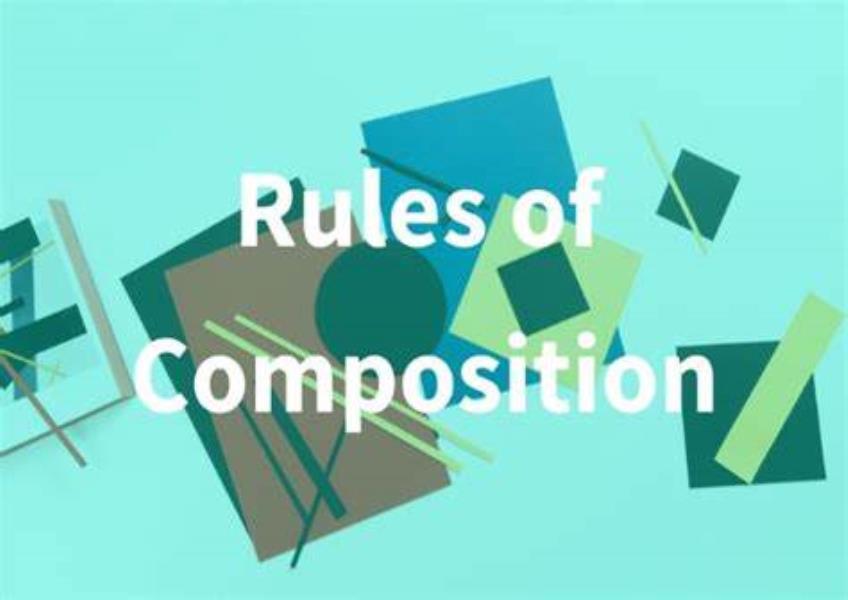Get the latest updates From BL Soni College Bhilwara

. How does composition play a role in graphic design?
Composition plays a fundamental role in graphic design as it involves the arrangement and organization of visual elements within a design or layout. A well-considered composition can significantly impact the effectiveness and aesthetics of a design. Here's how composition plays a vital role in graphic design: Visual Hierarchy: Composition establishes a visual hierarchy that guides the viewer's eye through the design. It helps determine what elements are most important and what should be noticed first. For example, headlines, call-to-action buttons, or key messages are often placed prominently to grab attention. Balance: Composition ensures visual balance within a design. Balance can be achieved through the distribution of visual weight, achieved by positioning elements, colors, and shapes so that they create equilibrium. It can be symmetrical (evenly balanced) or asymmetrical (unevenly balanced for a dynamic effect). Unity and Cohesion: Composition brings unity and cohesion to a design by arranging elements in a way that creates a sense of harmony and togetherness. Elements should feel connected and work together to convey a consistent message or concept. Whitespace and Negative Space: The proper use of whitespace (or negative space) is a key aspect of composition. It involves the deliberate placement of empty spaces around and between elements to improve readability, reduce clutter, and create a sense of openness. Grids and Layouts: Designers often use grids as a structural framework for composition. Grid systems help align and arrange elements with precision, ensuring consistency and a structured layout. Grids are especially important in publications, websites, and multi-page documents. Alignment: Composition dictates the alignment of text, images, and other elements within a design. Consistent alignment enhances readability and the overall visual appeal. Flow and Movement: A well-composed design can create a sense of flow and movement, guiding the viewer's eye from one element to another in a deliberate and engaging manner. This is crucial for storytelling and narrative designs. Contrast: Composition plays a role in creating contrast, which emphasizes differences in color, size, shape, or texture. Contrast can make certain elements stand out, draw attention, and create visual interest. Proximity: Elements that are related or should be perceived as a group are often placed in close proximity to each other. This helps viewers understand the relationship between these elements. Framing and Cropping: Composition involves framing and cropping images and content to focus on the most relevant or impactful parts. It can set the mood and context for the design. Emphasis and Focal Points: Composition helps designers establish emphasis and focal points within a design. By strategically placing elements, designers can direct the viewer's attention to specific areas or messages. Aesthetics and Mood: Ultimately, composition greatly influences the overall aesthetics and mood of a design. Whether a design feels balanced, chaotic, elegant, playful, or formal is largely determined by how its elements are composed. In summary, composition in graphic design is the art of arranging visual elements to convey a message effectively and create a visually appealing and harmonious design. It involves a combination of principles and techniques that help designers achieve their design goals and communicate with their target audience.


